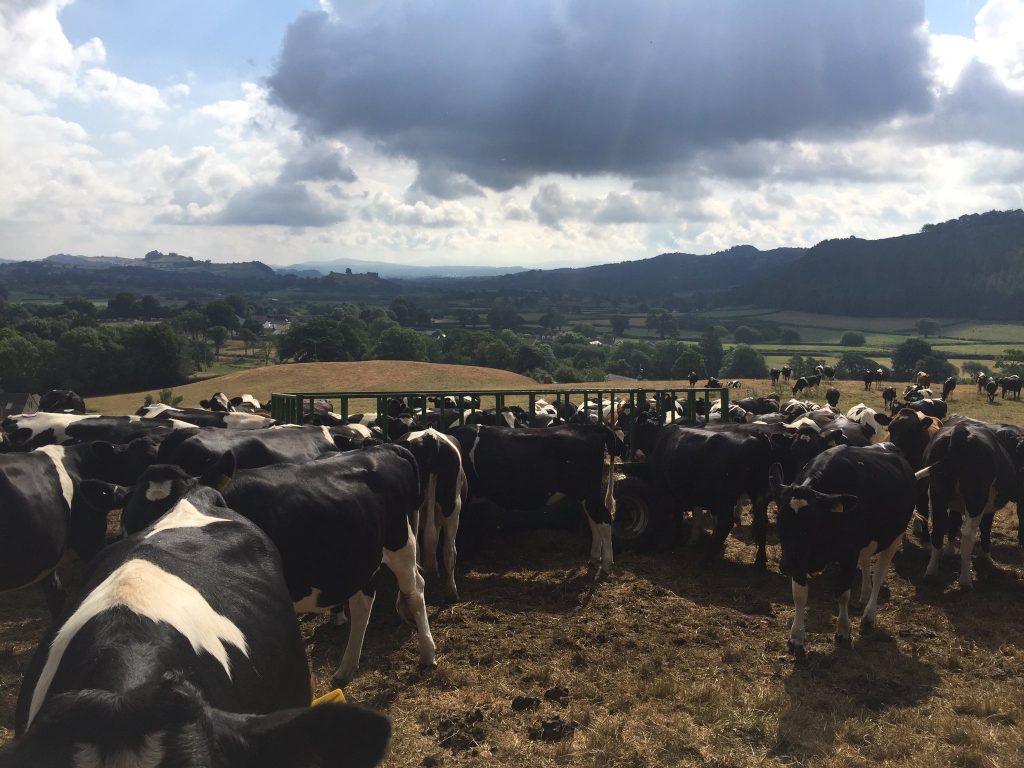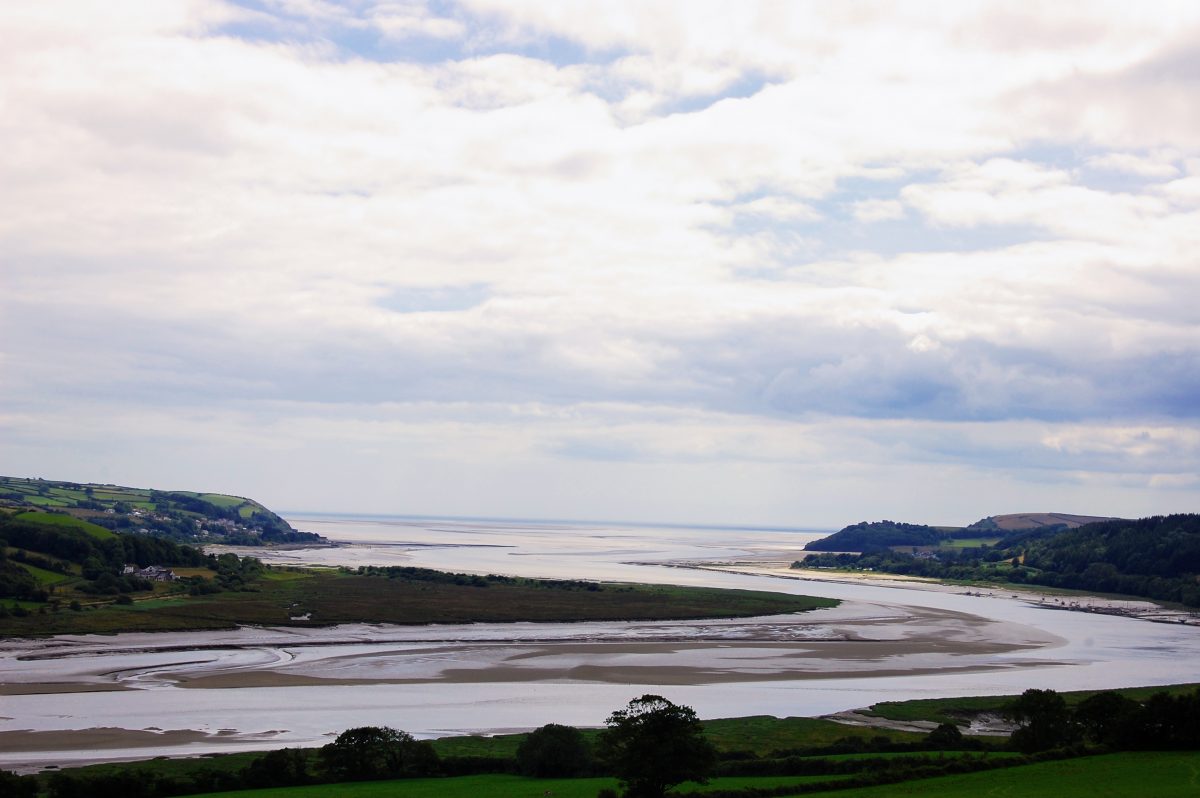
Cleaning and disinfecting after an outbreak of animal disease produces more wash-water, with higher concentrations of disinfectant than routine cleaning.
Find out how to:
follow pollution prevention rules when you clean and disinfect
reduce the cost of disinfectant wash-water storage and disposal
How to clean and disinfect
If a disease is confirmed on your holding, the Animal and Plant Health Agency (APHA) will tell you how to clean and disinfect to control the spread of disease.
You must use a disinfectant approved by Defra for the disease.
If you clean and disinfect a free-range poultry farm, you should move poultry sheds to an area where you can contain the wash-water, where possible.
You must not allow disinfectant or wash-waters to enter ditches, rivers, streams, lakes, wetlands or other surface waters (such as canals and reservoirs) or enter directly into groundwater. You could get an unlimited fine if this happens.
Dispose of wash-water
Use your existing waste disposal systems where possible. If you can’t, the following options, in order of preference, should be considered:
drain to a foul sewer (best option). You must get approval from your sewerage undertaker before you add disinfectant wash-water to a foul sewer
use a registered waste carrier (option 2). You may already have a contract for the disposal of waste disinfectant and wash-water, for your routine operational cleaning and disinfecting activities, which you could use. If not, arrange for your waste disinfectant and wash-water to be collected by a registered waste carrier for disposal. You must meet the waste duty of care requirements.
dispose on land (option 3). You may be able to dispose of wash-waters on land if you have suitable land available.
Disposal to land may require an environmental permit. Complete and return this form and we will assess your disposal method and tell you if you need an environmental permit to dispose of wash-water on land (known as land-spreading).
Permit applications take up to 20 working days and you must pay an application fee.
If you carry out land-spreading, you must dispose of wash-water at least:
10 metres from rivers, streams and field ditches
30m from streams with nature conservation status
50m from boreholes, wells and springs used for drinking water or food production
250m from solution features, eg sinkholes, swallow holes, swallets
Not within a groundwater source protection zone 1
Store wash-water
If you need to store disinfectant wash-water before you dispose of it, use your existing dirty water or effluent management storage systems where possible.
If you clean and disinfect areas that aren’t connected to your storage system, you can:
redirect existing drains
lay new drains
build temporary storage
Slurry stores
You must not use a slurry store to keep waste wash-water.
Check how much storage you need
You’ll produce more wash-water than from routine cleaning because of:
bio-security point cleaning
vehicle and equipment washing during culling
APHA may carry out preliminary cleaning and disinfection
To calculate how much wash-water storage you need, consider:
the water flow rate of the pressure washer you use
the average rainfall for your area that falls into open stores, or onto hard surfaced areas that drain into stores
Build temporary storage
Temporary storage for disinfectant wash-water should only be considered where existing storage is inadequate.
You must agree the location and construction of temporary wash-water storage systems with us before you build them.
You mustn’t use temporary wash-water storage for more than 12 months and you must decommission it as soon as it’s no longer needed.
If you build a temporary storage lagoon, you must meet the following rules:
it must be 10m from watercourses, ditches and land drains
it must be 50m from wells, springs or boreholes used for drinking water or food production
not within a groundwater source protection zone 1
the base must be above the water table
you must keep a gap of at least 750 millimetres between the surface of the lagoon’s content and the top of the lagoon wall
you must use a liner, unless there’s at least 1m of clay subsoil below the base
liners can be made from butyl rubber or plastic (PVC or high or low density polyethylene)
you must not use a low grade liner in a high risk groundwater area
You can find further information on animal health and diseases on the Welsh Government website.
Link to article:
https://naturalresources.wales/guidance-and-advice/business-sectors/farming/how-to-safely-dispose-of-water-and-disinfectant-after-an-animal-disease-outbreak/?lang=en

